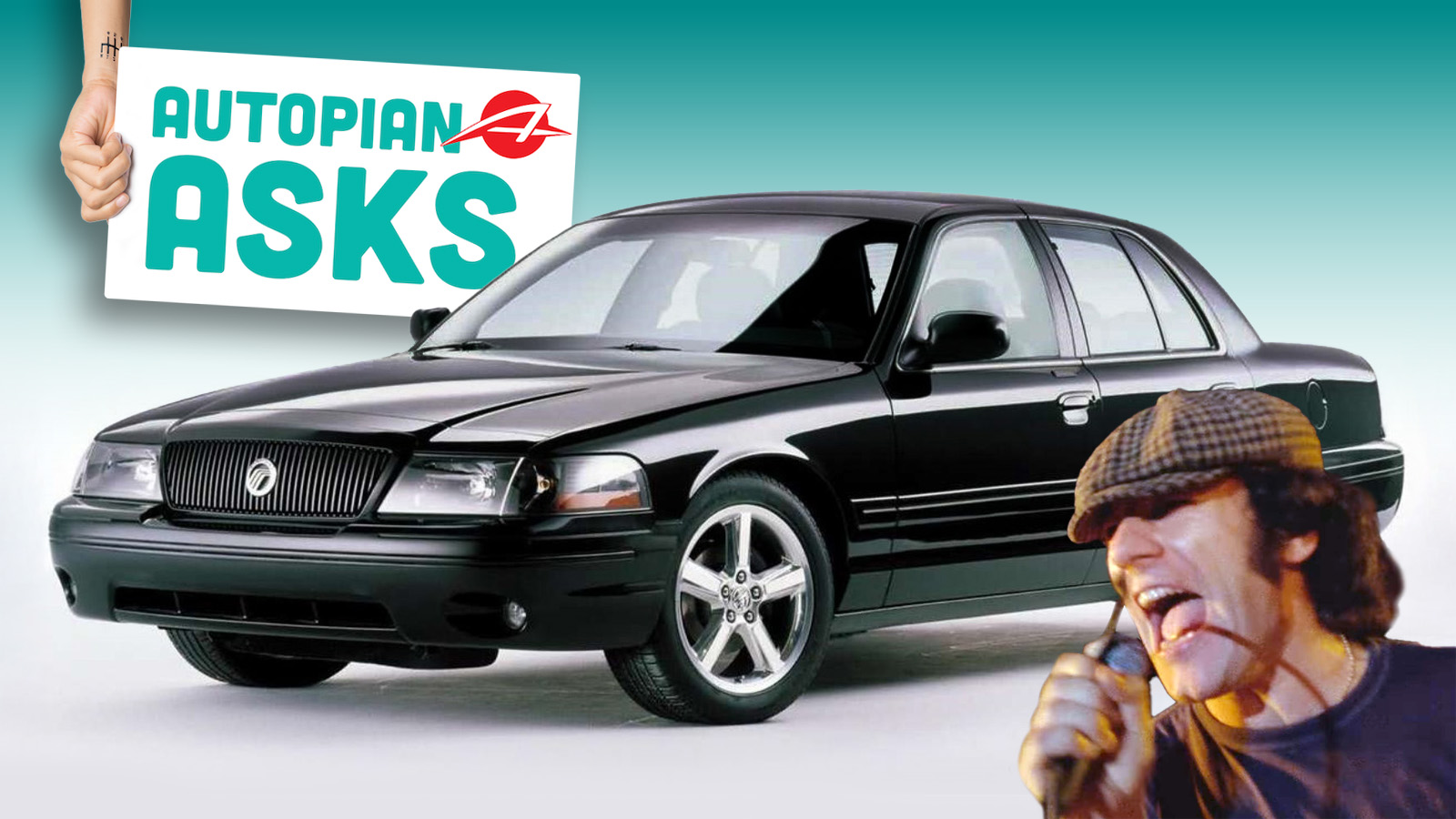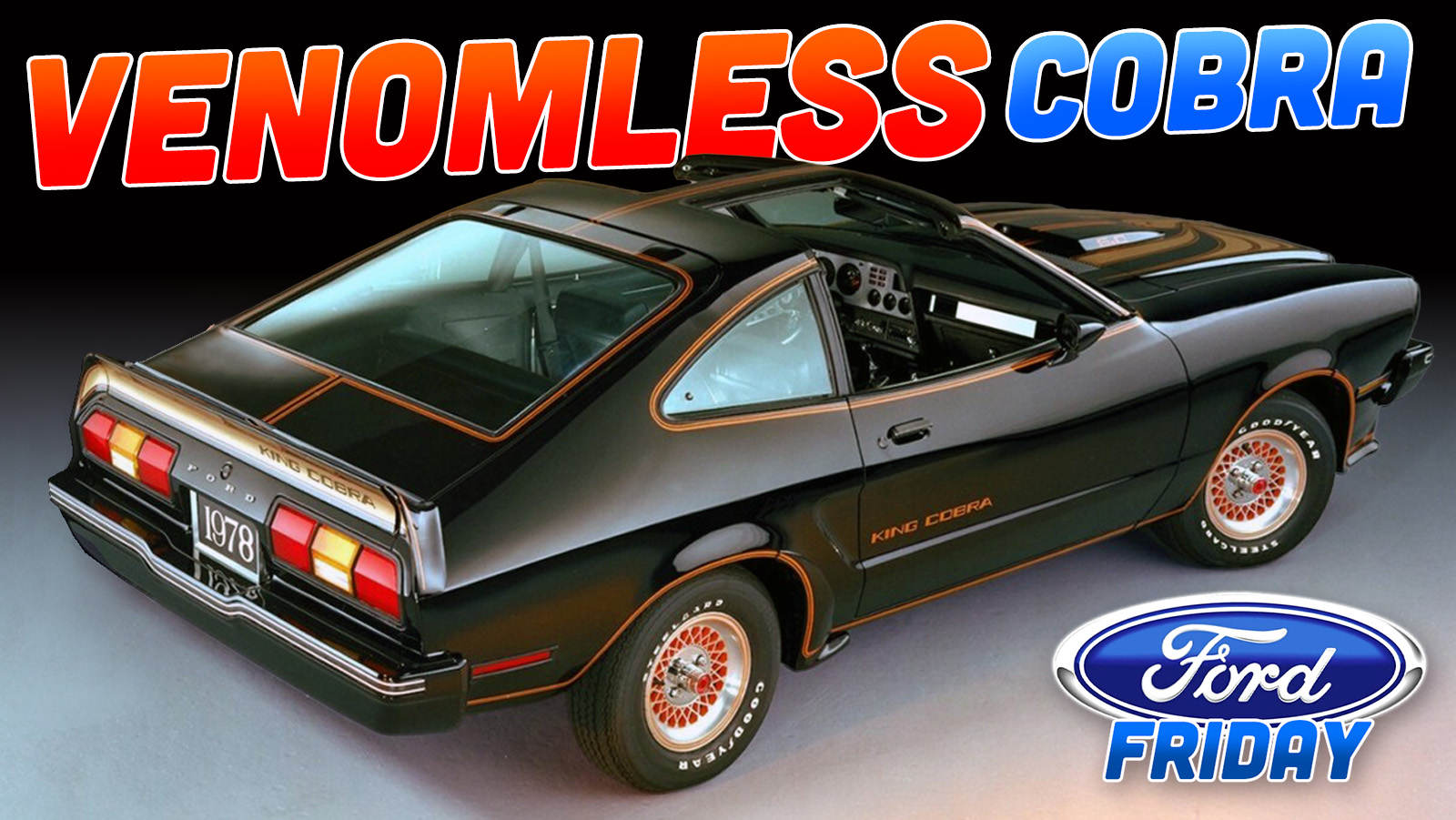Things are always more fun when they’re double-ended, right? That’s true of all sorts of common household items, but it’s especially true of big vehicles. Imagine my excitement, then, when I came across this beautiful double-ended Mercedes-Benz in my home town of Adelaide, Australia.
If you ever visit, you’ll find that Adelaide is home to a very special transportation network. It’s called the O-Bahn: A concrete track designed solely for buses, intended to whoosh them from the north-eastern suburbs directly into the central business district. We’ve previously covered the O-Bahn in detail, because buses running on guided tracks is just silly obscure fun. As it turns out, though, this beautiful piece of infrastructure has even more automotive gems to mine.
You see, the problem with having a track just for buses is that sometimes those buses break down. When that happens, you need a special vehicle to recover them. That’s where Dumbo comes in.
Dumbo is a bit of a local hero in Adelaide. Officially known as the “Busway Recovery Vehicle,” it was built by Daimler-Benz, which also supplied the very first buses for the O-Bahn. As you might imagine, there aren’t a lot of double-ended trucks just ready to go off the shelf. Instead, it was built as a specialist recovery vehicle from the ground up.
The double-ended configuration was an absolute necessity to recover buses stranded on the tracks. Since the O-Bahn uses raised flanges on the concrete track for guidance, there’s no way to get on or off the track except at the ends. If a single-ended recovery vehicle was used, the driver would have to reverse all the way up to a stricken bus until they could hook it up and drive away normally. Instead, the double-ended setup lets them drive normally to the stranded vehicle, attach the tow coupling, and then jump into the other cab to drag it away.

Dumbo doing its thing.


These images show how the guide wheels are connected to the steering tie rod.
As you might imagine, this beast is remarkably well equipped. It has four-wheel-drive, and has guide wheels for use on the concrete busway on both ends. It also has front and rear differential locks, as well as one for the transfer case. While the truck is unlikely to suffer for grip on the concrete busway surface, towing a stranded bus is no mean feat and rain could certainly complicate issues. It’s better to have the provision and not need it, then need it and not have it.
Dumbo tows using a dedicated coupling built into every O-Bahn bus. However, it’s not typically used to recover civilian vehicles that get stranded on the busway by accident. Instead, these vehicles are usually rescued by conventional flatbed tow vehicles that must drive very carefully on the O-Bahn tracks without mechanical guidance.

The Busway Recovery Vehicle needs to be able to travel at speed in either direction. A popular but unconfirmed rumor is that it uses a transmission from a tank to drive at equal speeds both ways.
A rare video of Dumbo rescuing a stranded bus from the O-Bahn, shot in 2018.

Specialist tow couplings are built into every O-bahn bus.
Hooking up for a recovery does not take long, as seen in the video above. Speedy recoveries are particularly critical given that the O-Bahn serves as a major transportation link, carrying over 31,000 people a day.
The bus is not solely used on the O-Bahn busway. It can also be used to recover normal buses on Adelaide’s surface streets, too. This can be seen in the images below provided by Wongm’s Rail Gallery, which depict Dumbo rescuing an articulated bus on King William Street in 2011.


This is a rare case of weird infrastructure demanding even weirder vehicles to keep it running. If the self-guided buses weren’t strange enough, the double-ended tow truck should satisfy your hunger for oddball vehicles for some time. You’re welcome.
Image credits: Top shot via Wongm’s Rail Gallery, Embeds via Ryan Smith (Popplio728 on Flickr)












Why would Daimler use the transmission from a tank to let Dumbo reverse at full speed? They have a perfectly good Unimog transmission right there!
“Things are always more fun when they’re double-ended, right?”
Yup, that’s what she said…
What do they do with the passengers on the broken bus?
What do you think this recovery vehicle is fueled by?!
I didn’t realize soylent green was combustible lol
*squints eyes suspiciously*
Given that it’s a *guideway* so no steering involved, I don’t see why reversing at speed down to the stalled bus would be much of a dilemma. The double-ended firetrucks used in tunnels make a lot more sense.
I imagine the steering set of wheels need to be at the front for the guide wheels to work. lest the whole thing derailed at 80km/h
So keep the steerable wheels at both ends – doesn’t mean you need two cabs. But it also seems like an easily solved problem. Also not much need of a recovery vehicle going 80km/h to start with, the guideway is only 12km long.
We’re starting to see more dedicated busways in the US (see Minneapolis’s new Gold Line, which has bus-only bridges). I hope we get some with guideways that necessitate double-ended recovery vehicles.
Instead of it being a “push me/pull you”, this is a “pull you/pull you”?
Cool looking truck, but dumb question: why build a double-cabbed vehicle with 2x the seats, controls, greenhouse, etc as opposed to a single central cab where the driver can swivel, kinda like a backhoe?
My guess is it was likely cheaper to splice together two existing truck chassis than to develop an original one?
Plus, double-ended 😉
There are some other factors. Having a cab at each end fits the rail paradigm of end cabs, plus better visibility versus a central cab, plus more usable storage. There are machines with more or less central cabs but they short ends like hay squeezes and bidirectional tractors
This option probably uses a lot more off the shelf parts. The truck seems to hold a bit of equipment I’m not sure where these items would go with a centre cab?
My double-ended kitchen knife isn’t working out very well.
This is fantastic.
“We call this one ‘Requiem for a Dream'”
“Why is that?”
“No reason.”
*Shudders*
Although it looks symmetrical, it does have an A and B end… the end with the raised snorkel and headlights is A at the ‘front’. But it is very cool. There are also similar vehicles working in the Channel Tunnel between England and France.
The Asymmetry really gives off strong CatDog vibes in the best way possible
Now they cannot possibly be rear ended!
This is one of those where you pull up behind it on the motorway and wake up your sleeping passengers, then start screaming.
COTD
I woke up that way once, after my NYC trained driver spun car and trailer 180 degrees, so I woke up facing the turnpike traffic through the windshield!
He somehow managed to miss guard rails and other cars.
I don’t remember how I got it all turned around.
I didn’t sleep for some time.
Lewin, we need a full article on this “Busway”, I’ve got so many questions.
https://www.theautopian.com/these-australian-buses-run-on-tracks-and-cars-keep-getting-stuck-on-them/
Interestingly, also the name of a dyslexic sandwich shop.